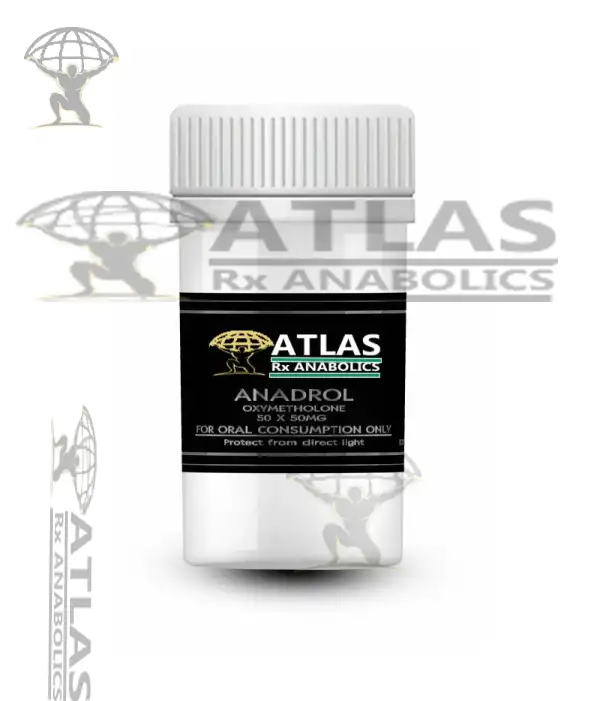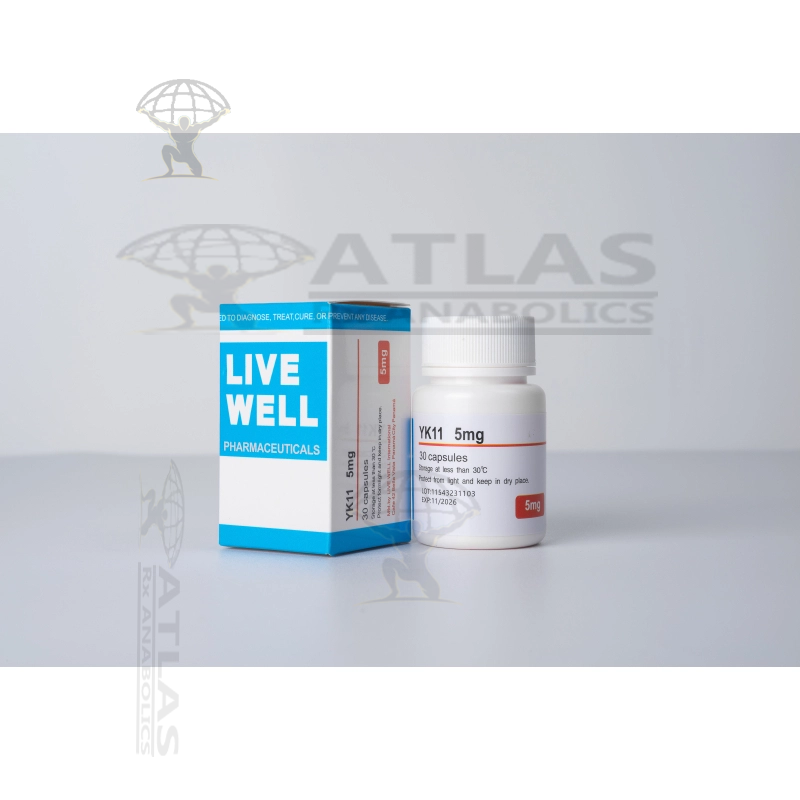Description for OXYMETHALONE 50MG X 50 tabs
Oxymetholone, commonly known as Anadrol or Anapolon, is an anabolic steroid that belongs to the class of synthetic hormones called androgens. It is primarily used for medical purposes, such as treating certain types of anemia, with its anabolic effects being a secondary benefit.
Oxymetholone 50mg is a specific dosage strength of the drug. It is available in the form of oral tablets, usually in a round shape and colored white. This steroid is considered one of the most potent oral anabolic steroids available.
Oxymetholone works by increasing the production of red blood cells, which helps improve oxygen delivery to the muscles. This leads to increased muscle strength, endurance, and overall performance. It also has a significant impact on protein synthesis, promoting muscle growth and recovery.
Due to its strong anabolic properties, Oxymetholone is often used by bodybuilders and athletes to rapidly increase muscle mass and strength. It can provide noticeable gains in a short period, making it popular for bulking cycles. However, it is important to note that the gains achieved with Oxymetholone are often accompanied by water retention and can be temporary once the drug is discontinued.
Like any other anabolic steroid, Oxymetholone 50mg carries potential side effects. These can include liver toxicity, cardiovascular issues, hormonal imbalances, and suppression of natural testosterone production. It is crucial to use this medication responsibly and under the guidance of a healthcare professional to minimize the risks associated with its use.
It is worth mentioning that the use of Oxymetholone is strictly regulated in many countries, and it is classified as a controlled substance due to its potential for misuse and abuse. It is essential to adhere to the laws and regulations of your country or region regarding the purchase, possession, and use of this steroid.
In conclusion, Oxymetholone 50mg is a powerful anabolic steroid primarily used for medical purposes to treat anemia. However, it is also used by bodybuilders and athletes to enhance muscle mass and strength. It should be used with caution, under professional guidance, and in compliance with legal regulations to minimize the potential risks associated with its use.
Shipping Cost
On all orders is set at $25.00
Secure checkout
Protected by Bitcoin
Offer & gift here
On all huge orders









Grace Collins
This product has improved my productivity and made my life much more convenient. Highly recommended.